
Blog
Why Cross Ventilation is Key to Surviving Malaysia’s Heat | RumahHQ
Living in Malaysia comes with a love-hate relationship with the heat. The sun blazes down, and the humidity wraps around us like a warm blanket—only, it’s not as cozy as it sounds. As we hustle through our daily lives, finding ways to keep our cool becomes essential, not just for comfort but for our well-being too. Enter cross ventilation! It’s a simple yet effective design principle that could completely change how we navigate our sweltering climate. In this article, we’ll explore what cross ventilation is all about, why it’s essential for staying cool, and how you can make it work for your home. So, let’s dive in and discover how to turn our living spaces into breezy havens during those scorching Malaysian days!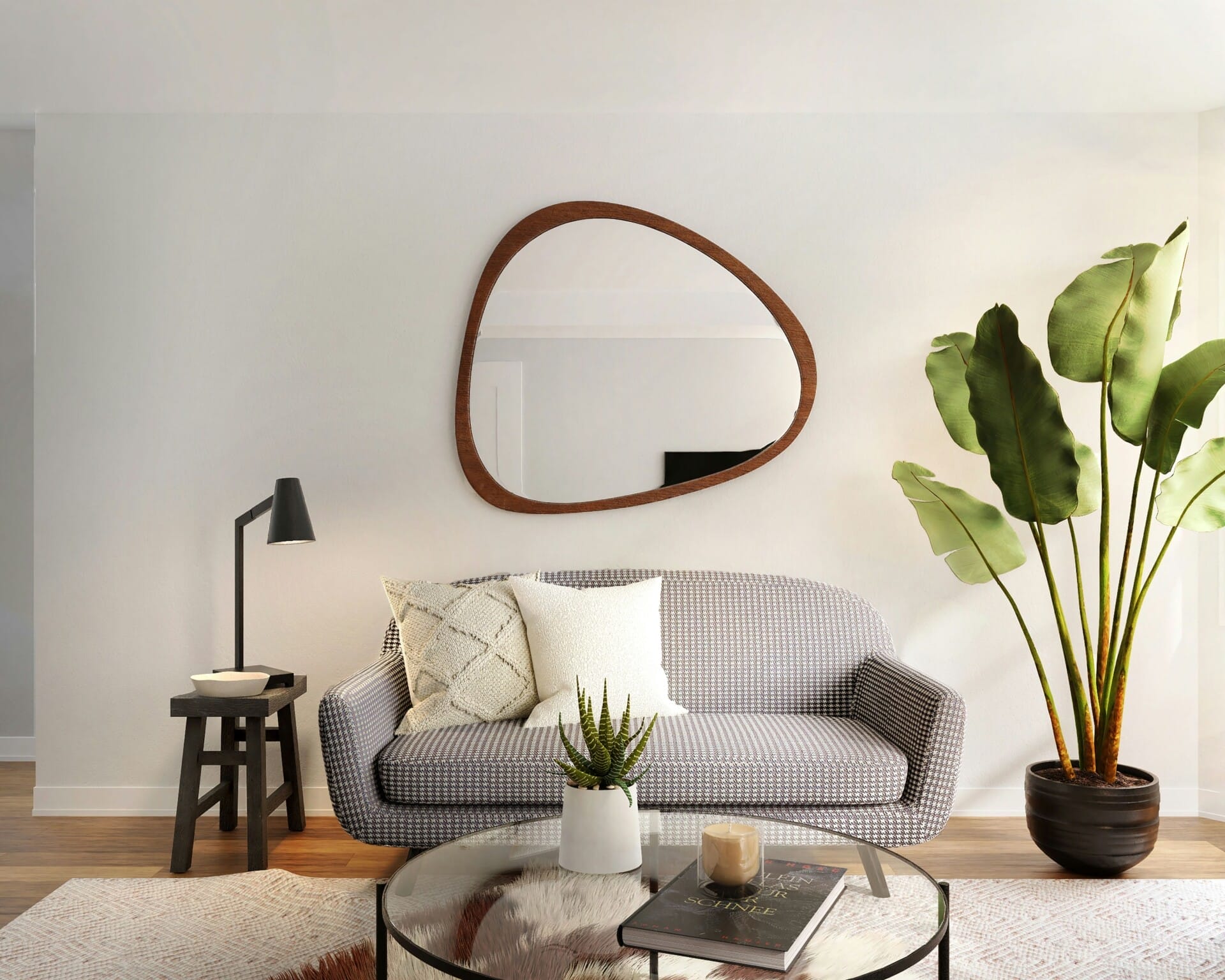
Understanding the Basics of Cross Ventilation in Tropical Climates
In tropical climates like Malaysia, where the sun blazes and humidity hangs in the air, understanding how to optimize airflow in your home can significantly improve comfort levels. Cross ventilation taps into natural wind patterns, allowing fresh air to flow through your living spaces while pushing out hot, stale air. This simple yet effective method relies on strategically placed windows, doors, and vents to create a pathway for breezes to penetrate your home.
To achieve effective cross ventilation, it’s essential to harness a few key elements:
- Positioning: Place windows on opposite sides of your home to allow breezes to flow freely. Higher openings allow hot air to escape, while lower windows invite cooler air in.
- Obstruction Removal: Keep the area around your windows and doors clear of furniture and plants that could block airflow.
- Ventilation Features: Consider installing vents, louvres, or even ceiling fans to further enhance the movement of air.
Here’s a quick comparison of common home features that support cross ventilation versus those that hinder it:
| Support Cross Ventilation | Hinder Cross Ventilation |
|---|---|
| Open floor plans | Closed corridors |
| Multiple windows and doors | Single entry points |
| Awning or casement windows | Fixed windows |
By incorporating these strategies into your home design, you’ll not only enhance your comfort but also reduce reliance on air conditioning, making your spaces cooler and more energy-efficient. Remember, in a climate where heat and humidity can feel overwhelming, effective cross ventilation is your best defense against the sweltering Malaysian sun!
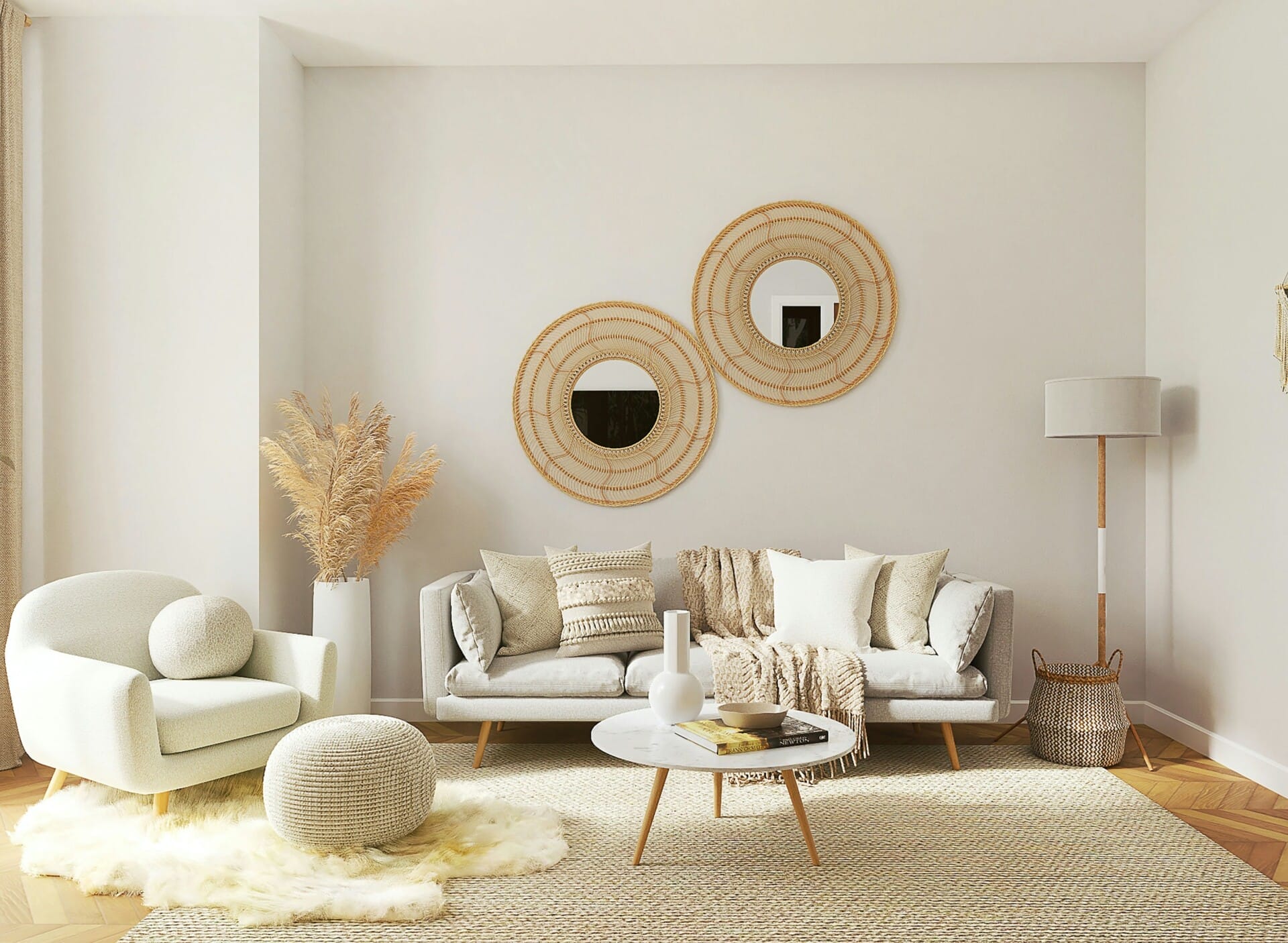
The Science Behind Airflow and Temperature Regulation
Understanding how airflow works can really change how we cope with the blazing heat of Malaysia. Cross ventilation, a natural cooling strategy, utilizes the flow of air entering and exiting a space to maintain a comfortable indoor temperature. When the cooler air enters through one side of the building and the warm air escapes from the opposite side, it creates a refreshing breeze that can lower the temperature significantly without relying on air conditioning. This process is driven by temperature differences and pressure changes, making it an energy-efficient method to keep your home cool.
There are a few key principles that make airflow effective at regulating temperature:
- Stack Effect: Warm air rises and creates a low-pressure zone at the ground level, facilitating the entry of cooler air from outside.
- Wind Direction: Harnessing prevailing winds can enhance airflow; positioning windows and openings to align with the wind’s natural path can maximize cooling.
- Architectural Design: Simple structural adjustments, like placing vents in high and low locations, can dramatically increase the efficiency of cross ventilation.
Proactively managing how your space interacts with the elements can help you feel more comfortable. Here’s a quick look at how cross ventilation compares to traditional air conditioning:
| Feature | Cross Ventilation | Air Conditioning |
|---|---|---|
| Energy Consumption | Low | High |
| Cost | Minimal | Significant |
| Environmental Impact | Eco-friendly | Carbon footprint |
| Maintenance | Low | High |
By understanding these dynamics and integrating cross ventilation into our homes and offices, we can stay cooler, save on energy bills, and contribute positively to our environment. Embracing nature’s airflow patterns not only enhances comfort but also underscores the importance of sustainable living, especially in a tropical environment like Malaysia.
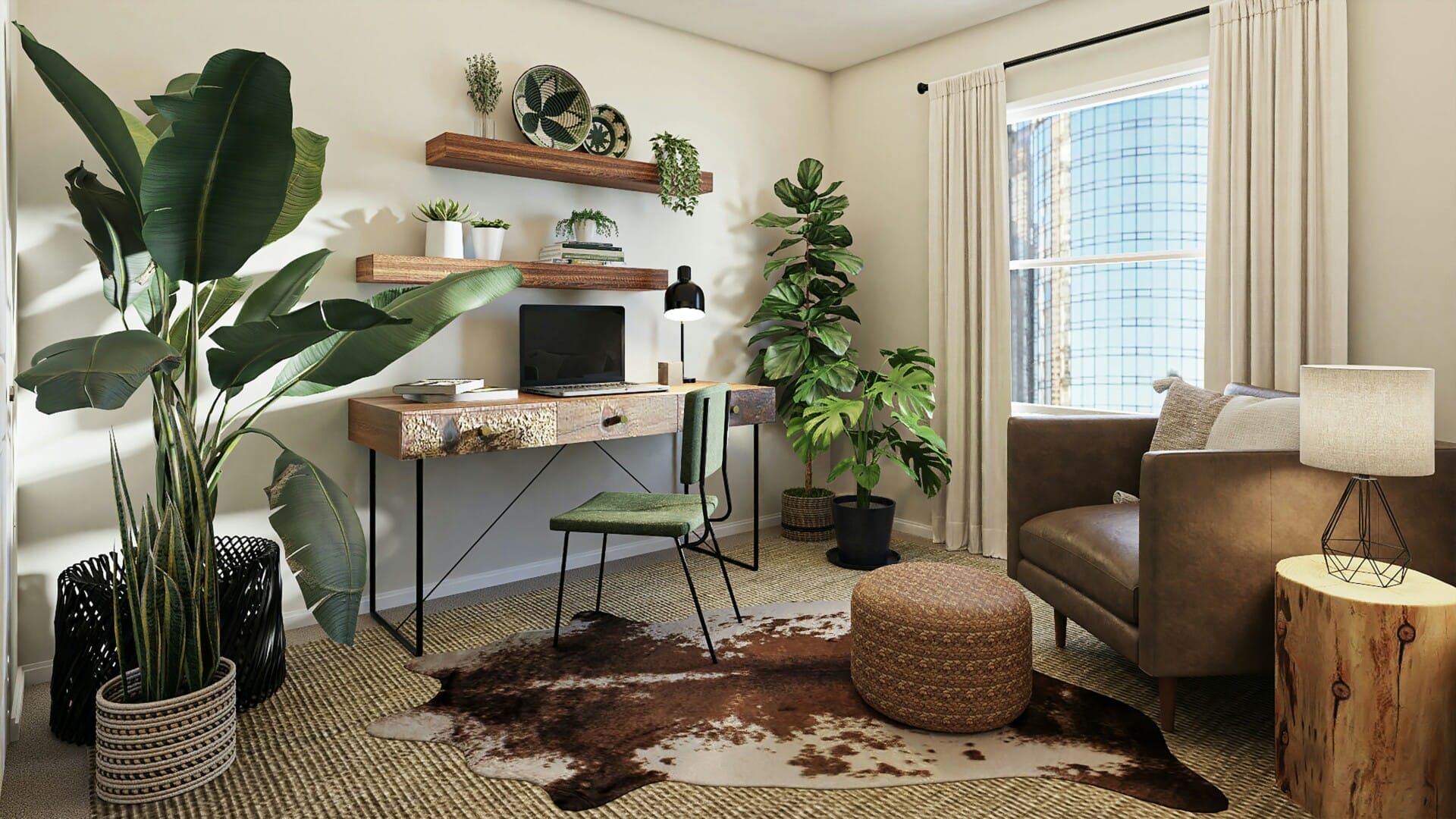
Benefits of Natural Cooling for Energy Efficiency
Natural cooling techniques, such as utilizing cross ventilation, provide a sustainable way to manage indoor temperatures without relying heavily on air conditioning. By strategically placing windows and vents, hot air is allowed to escape while cooler air is drawn in. This not only minimizes energy expenditure but also reduces dependence on electrical cooling systems, leading to lower utility bills and a smaller carbon footprint.
Moreover, implementing natural cooling strategies enhances indoor air quality. Unlike conventional cooling systems that can often recycle stale air, cross ventilation brings fresh air into living spaces. This constant flow helps to reduce humidity and eliminate airborne pollutants, creating a healthier environment for you and your family. Some benefits include:
- Improved Comfort: Regulate temperatures naturally throughout the day.
- Reduced Energy Consumption: Less reliance on electrical systems translates to energy savings.
- Environmental Impact: Lower energy usage means a reduced carbon footprint.
Additionally, natural cooling can significantly prolong the lifespan of your home’s infrastructure. Excess humidity and temperatures can lead to structural issues over time; however, with proper airflow, moisture is kept at bay. This is particularly crucial in Malaysia’s tropical climate, where the combination of heat and humidity can take a toll. The table below highlights a few materials and their thermal properties, demonstrating which are best suited for enhancing natural cooling:
| Material | Thermal Conductivity (W/m·K) | Ideal Use |
|---|---|---|
| Bricks | 0.6 – 1.0 | Walls |
| Concrete | 0.8 – 2.0 | Floors |
| Bamboo | 0.1 – 0.2 | Roofing |
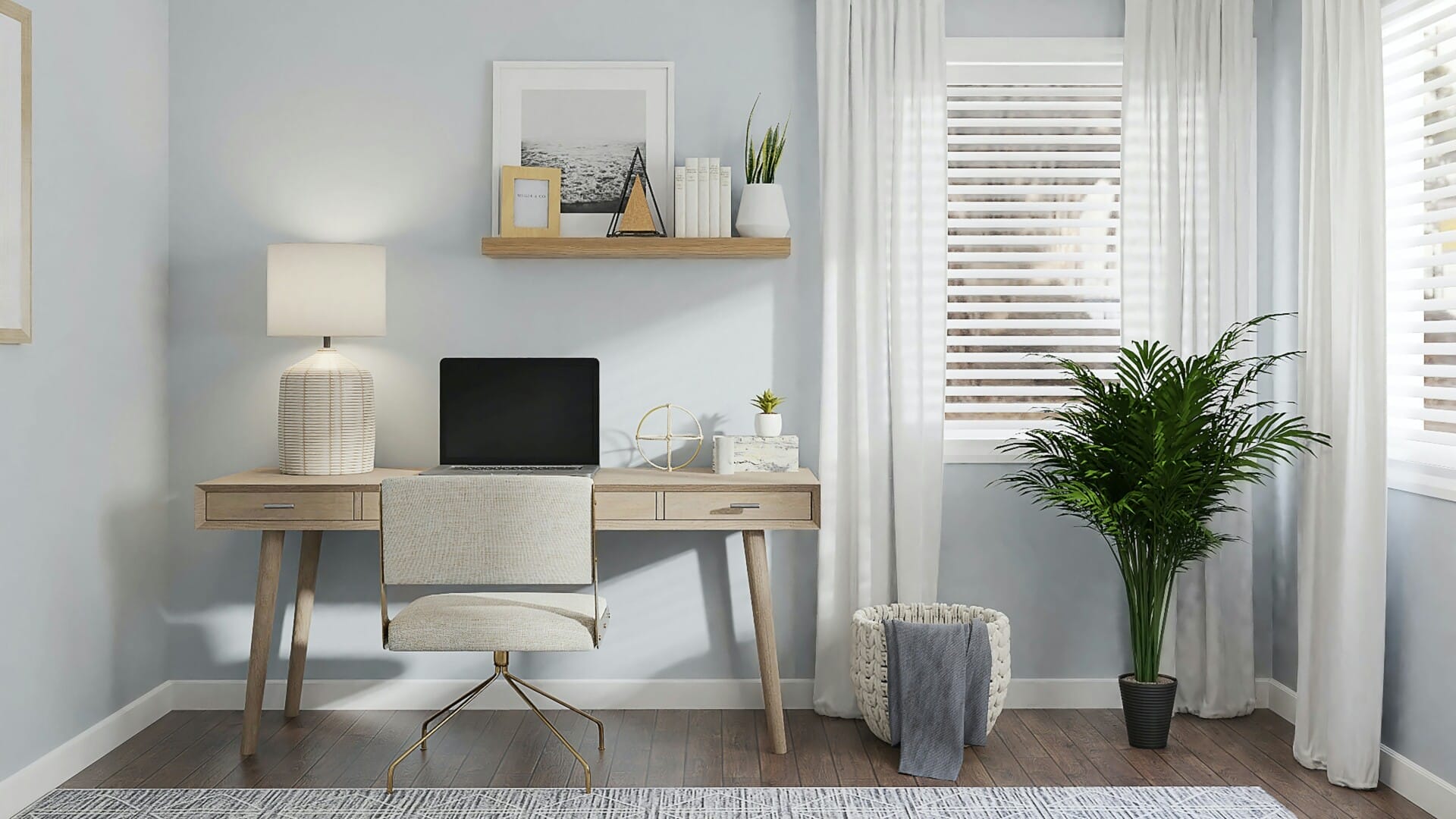
Designing Your Home for Optimal Cross Ventilation
Creating a home that breathes is essential, especially in Malaysia’s tropical climate. One of the best ways to achieve this is by focusing on the layout and design of your living spaces. Start by positioning windows and doors across from each other to facilitate air movement. This acts like a natural air pump, drawing in the cooler breeze from the outside and pushing out the warm air that builds up indoors. It’s like your home is in sync with nature!
Consider incorporating high ceilings and strategically placed ventilation grilles to enhance airflow. Using materials like glass or lightweight wood for partition walls can also help maintain an open feel, allowing air to circulate freely. Plus, adding outdoor spaces like balconies, pergolas, or even a simple garden can create more outlets for air while reducing heat absorption. It’s important to think about how these elements work together to create a refreshing microclimate within your home.
When it comes to decor, go for lighter colors that reflect heat instead of absorbing it. Adding a few potted plants inside can cool the atmosphere and purify the air, making your living space not just beautiful but also inviting. Here’s a quick look at some effective design elements:
| Design Element | Benefit |
|---|---|
| Open Layout | Encourages airflow throughout the space |
| Strategically Placed Windows | Enhances natural cross ventilation |
| High Ceilings | Promotes heat dissipation |
| Outdoor Spaces | Creates additional cooling effects |
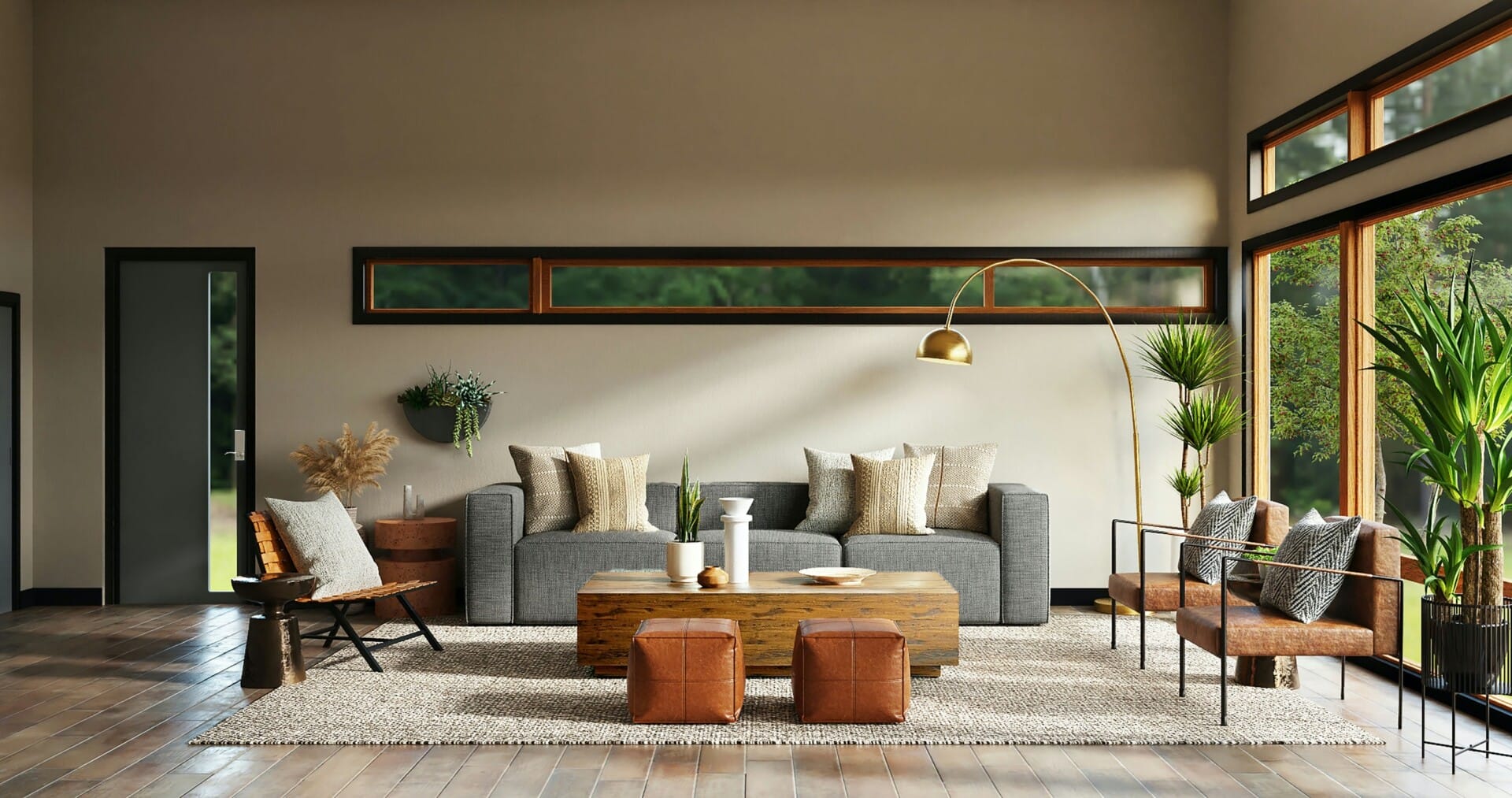
Choosing the Right Windows and Openings
When it comes to creating a home that breathes and flows, the choice of windows and openings can make a world of difference. In Malaysia’s sweltering heat, maximizing airflow is crucial to keeping indoor temperatures comfortable. Picture large, strategically placed windows that catch the tropical breezes, turning your living space into a refreshing retreat. Sliding doors that open to courtyards or balconies can also amplify cross ventilation, allowing cool air to circulate freely while letting warm air escape.
Consider the orientation and size of your windows and openings. South-facing windows tend to absorb more heat, while those facing east or west might catch the early morning or late afternoon sun. A few creative choices can transform your space significantly. Here’s a quick guide:
| Orientation | Advantages | Considerations |
|---|---|---|
| East | Morning sun for natural light | Limited heat in afternoons |
| West | Warm evening glow | Higher afternoon heat |
| North | Consistent natural light | May lack direct sunlight |
| South | Excellent daylight | Potential heat gain |
In addition to window placement, the type of openings can also impact airflow. Opt for louvre or casement windows, which can be fully opened to create a draft. Adjustable screens can be a practical addition too, allowing you to enjoy fresh air while keeping pesky mosquitoes out. Incorporating ventilation grilles in key areas can further enhance air circulation without sacrificing aesthetics. Remember, thoughtful window and opening choices not only enhance your home’s charm, but they are essential for beating the Malaysian heat!
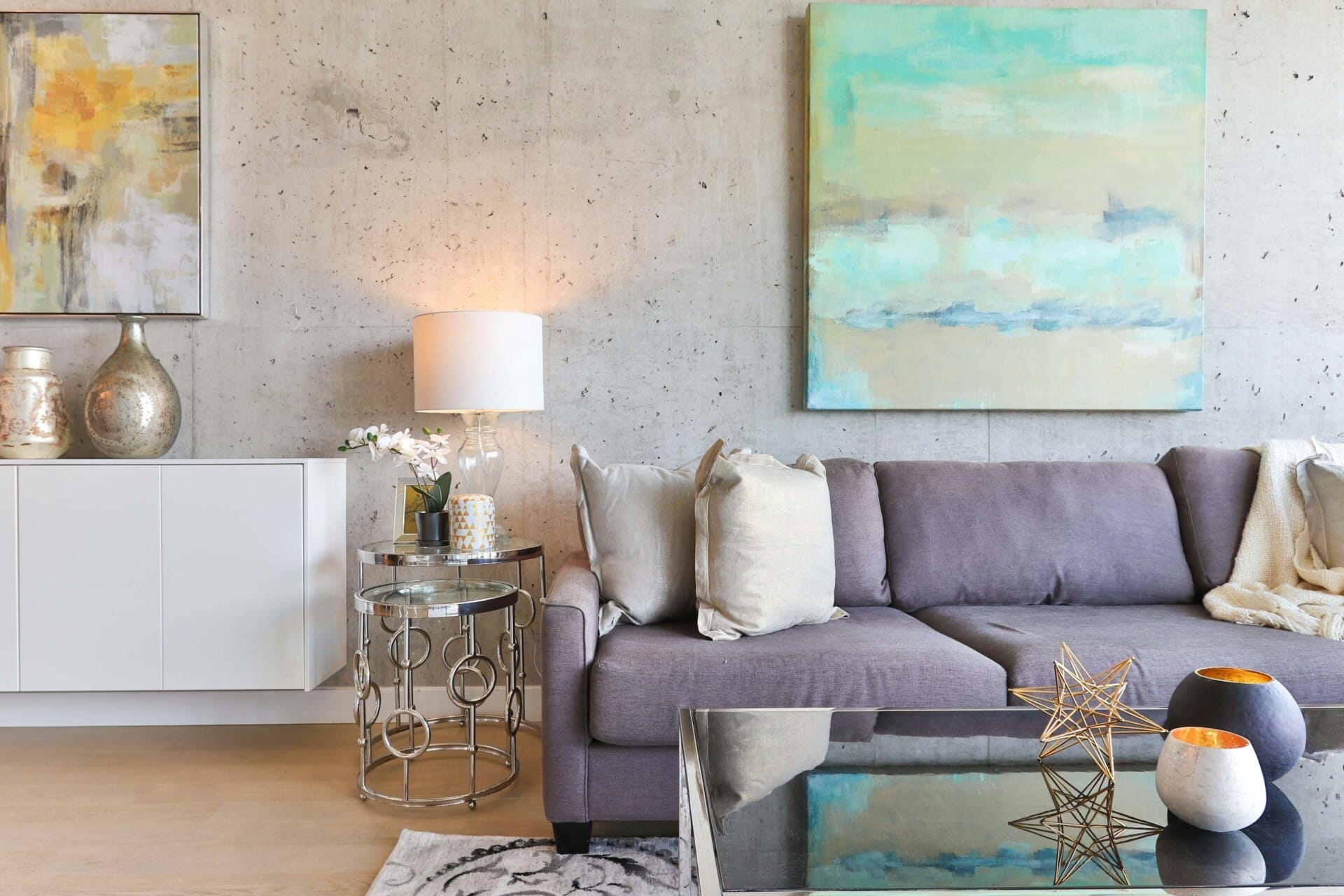
Utilizing Landscape Features to Enhance Airflow
Strategically placed trees, shrubs, and structures can make a world of difference in enhancing airflow around your home. Deciduous trees are particularly beneficial, as they provide shade during the sweltering heat of the day while allowing sunlight to warm your space in the cooler months. Positioning these trees near windows or on the western side of your house can effectively block the harsh afternoon sun, reducing indoor temperatures. Consider also planting perennials and ground cover, which not only add beauty but also contribute to cooling the surrounding air.
Another clever way to use landscape features is through water elements. Installing a small pond or fountain can create a subtle cooling effect, as water bodies help to increase humidity and provide a refreshing breeze. Surrounding these features with grasses and soft landscaping can enhance the overall airflow in your backyard. You could even opt for vertical gardens or trellises adorned with vines, creating not just a stunning visual but also a natural barrier that can redirect the wind and improve natural ventilation.
It’s important to consider the overall layout as well. Creating wind corridors by clustering trees in a way that channels breezes through pathways can amplify the airflow around your property. Here’s a simple table to help illustrate the best types of landscape features for airflow enhancement:
| Feature | Benefit |
|---|---|
| Deciduous Trees | Blocks heat in summer, allows light in winter. |
| Ponds/Fountains | Creates cooling breezes and increases humidity. |
| Vertical Gardens | Enhances privacy and directs airflow. |
| Wind Corridors | Channels breezes to improve ventilation. |
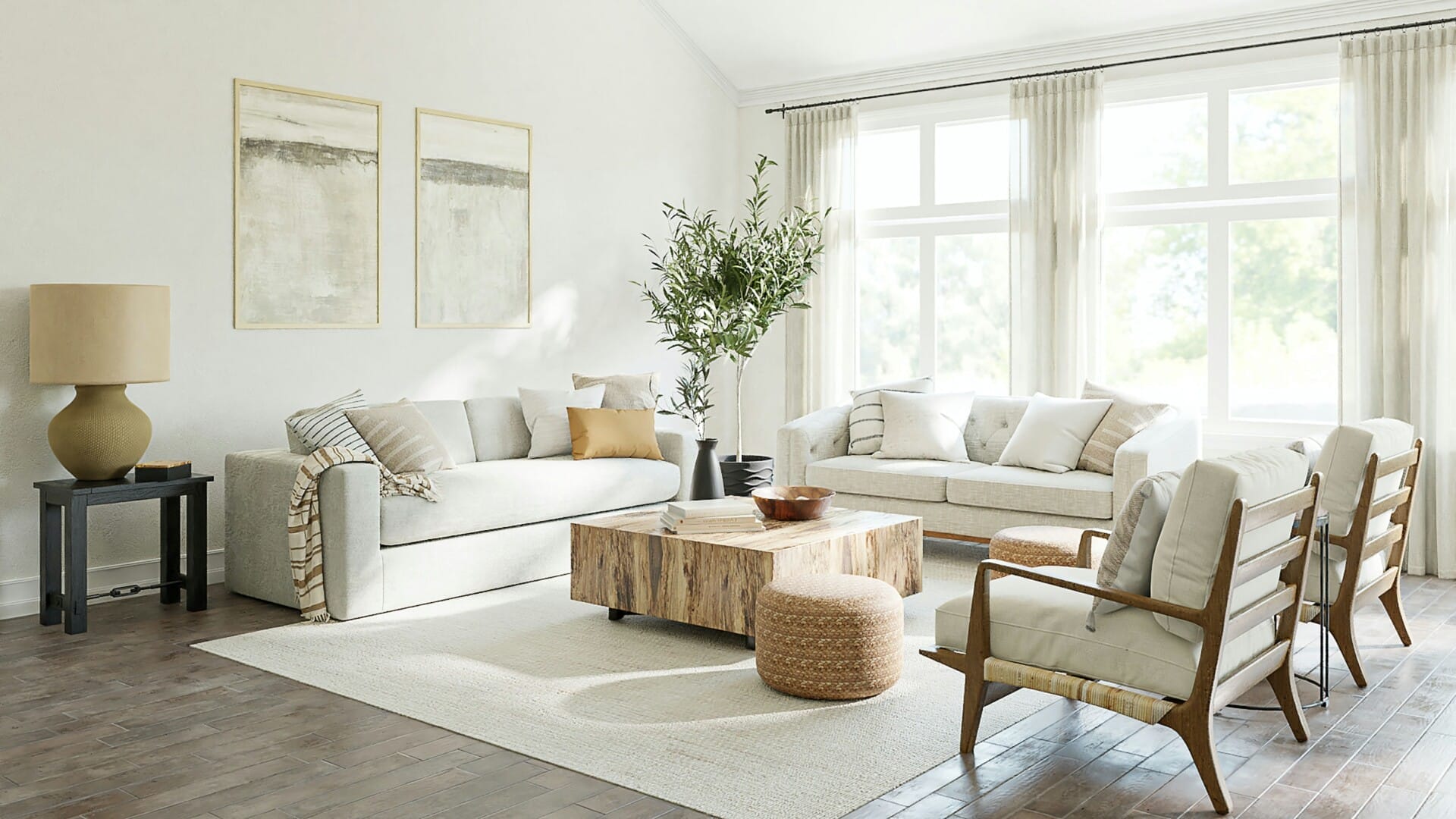
Practical Tips for Maintaining Air Quality While Ventilating
When you’re battling the sweltering heat of Malaysia, ensuring good air quality while maximizing ventilation is a must. Here are some practical tips to achieve that:
- Use Air Purifiers: Consider investing in an air purifier with a HEPA filter. It can effectively remove pollutants from the air while you have windows open for cross ventilation, keeping the interior air fresh.
- Maintain Cleaning Routines: Regularly dust and clean your living space to minimize indoor allergens. Pay special attention to corners, where dust tends to gather, and don’t forget to clean your ventilation systems.
- Choose Natural Air Fresheners: Instead of chemical sprays, use essential oils or natural herb sachets to maintain a pleasant aroma indoors. This way, you’ll enjoy fresh air without compromising air quality.
Creating a flow of air through your home while keeping pollutants at bay is all about timing. Here are some strategies:
| Time of Day | Ventilation Tips |
|---|---|
| Early Morning | Open windows to let in cool air before the heat rises. |
| Midday | Close windows, use shades to block sunlight, and rely on fans. |
| Late Afternoon | Reopen windows when temperatures drop again for a fresh breeze. |
pay attention to outdoor air quality. On days when the air quality index (AQI) is poor, it might be better to keep windows closed and rely on air conditioning or air purifiers instead. Here’s how to keep track:
- Use AQI Apps: Many mobile apps provide real-time updates on air quality, helping you decide when to ventilate safely.
- Plant Trees: Consider planting trees or setting up vertical gardens around your home to act as natural air filters, improving air quality while beautifying your space.
- Seal Drafts: Ensure there are no significant gaps around windows and doors that might allow unfiltered outside air to flow in, especially during high pollution times.
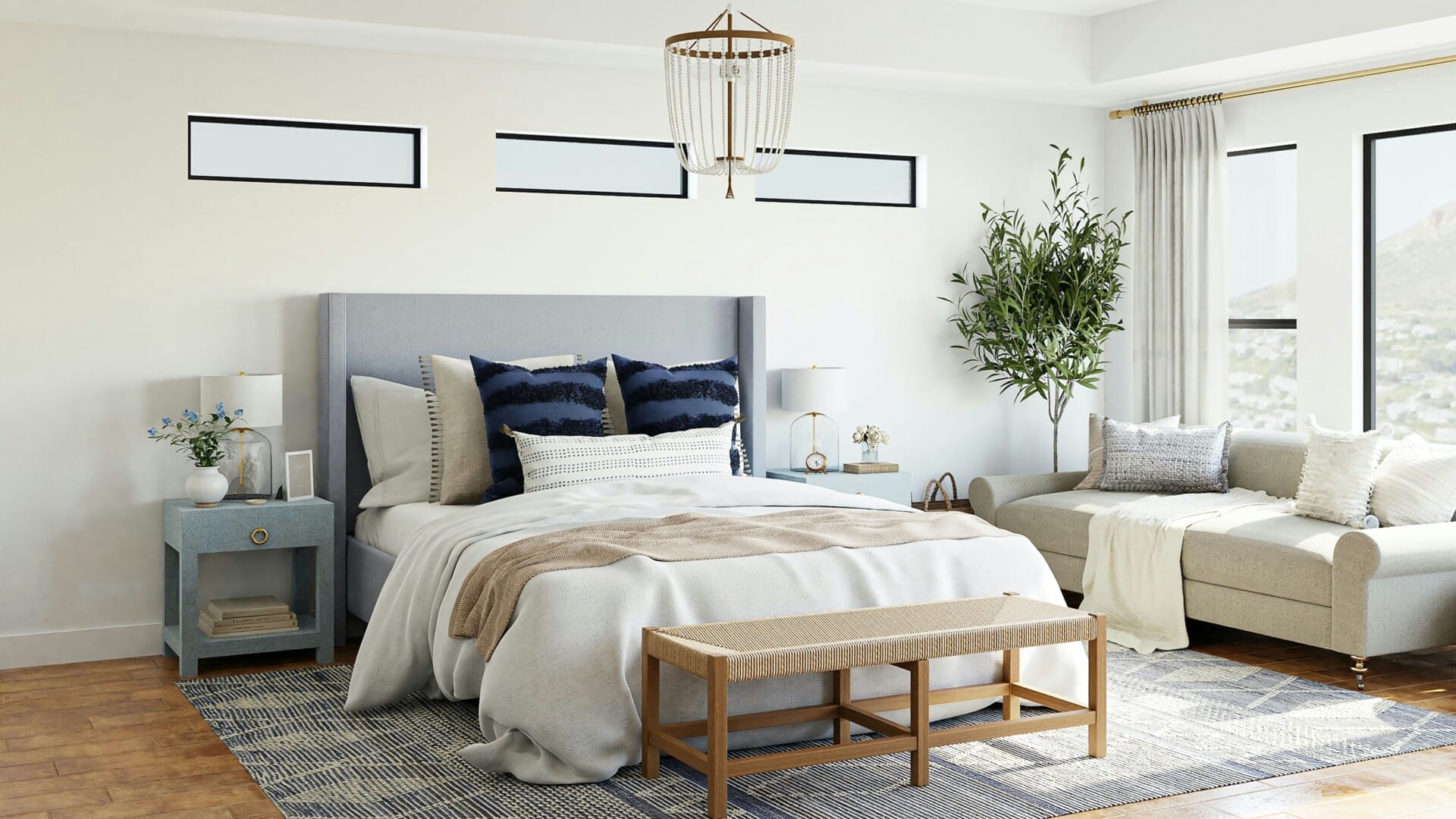
Exploring Cultural Practices That Embrace Natural Cooling Techniques
In Malaysia, where the sun seems to shine a bit too brightly, many communities have turned to traditional methods that naturally keep spaces cooler. One fascinating practice is the use of central courtyards in older homes. These open spaces not only invite natural light but also encourage air circulation. As the wind sweeps through these courtyards, it creates a refreshing, breezy environment, reducing the ambient temperature of surrounding rooms. It’s like having a built-in air conditioner that runs on nature!
Another interesting approach is the strategic placement of window screens and ventilated roofs. Traditional Malay houses often feature high ceilings and large windows covered with wooden slats, allowing hot air to escape while keeping the rain out. This design harnesses the delicate balance between airflow and protection, making the living space significantly cooler without relying on artificial cooling systems. Plus, it adds an aesthetically pleasing touch to the architecture that reflects the vibrant Malaysian culture.
| Practice | Benefits |
|---|---|
| Central Courtyards | Enhances air flow, reduces temperature, and fosters social interaction. |
| Window Screens | Facilitates ventilation, allows for natural light, and maintains privacy. |
| Roof Overhangs | Shields interior spaces from direct sunlight while allowing breezes through. |
Celebrating these cultural practices opens up dialogue about sustainable living in a modern context. Emphasizing the integration of nature into daily life not only brings comfort but also promotes a deeper appreciation for our environment. By revisiting these traditional methods, we can learn how to adapt them for contemporary homes, creating a blended lifestyle that respects heritage while ensuring a cool escape from the tropical heat.
Future Outlook
As we wrap up our deep dive into the wonders of cross ventilation, it’s clear that this simple yet powerful technique can be a game changer in tackling Malaysia’s relentless heat. By embracing natural airflow in our homes, we not only keep cool but also create a more comfortable and refreshing living environment. So, whether you’re renovating your home or just looking for ways to beat the heat, remember to prioritize those breezy corners and open spaces.
In this tropical climate, a little creativity can go a long way. So let’s create our own little breezy havens, stay chill, and make the most of the beauty that Malaysia’s weather has to offer. Here’s to staying cool and enjoying life, one breeze at a time!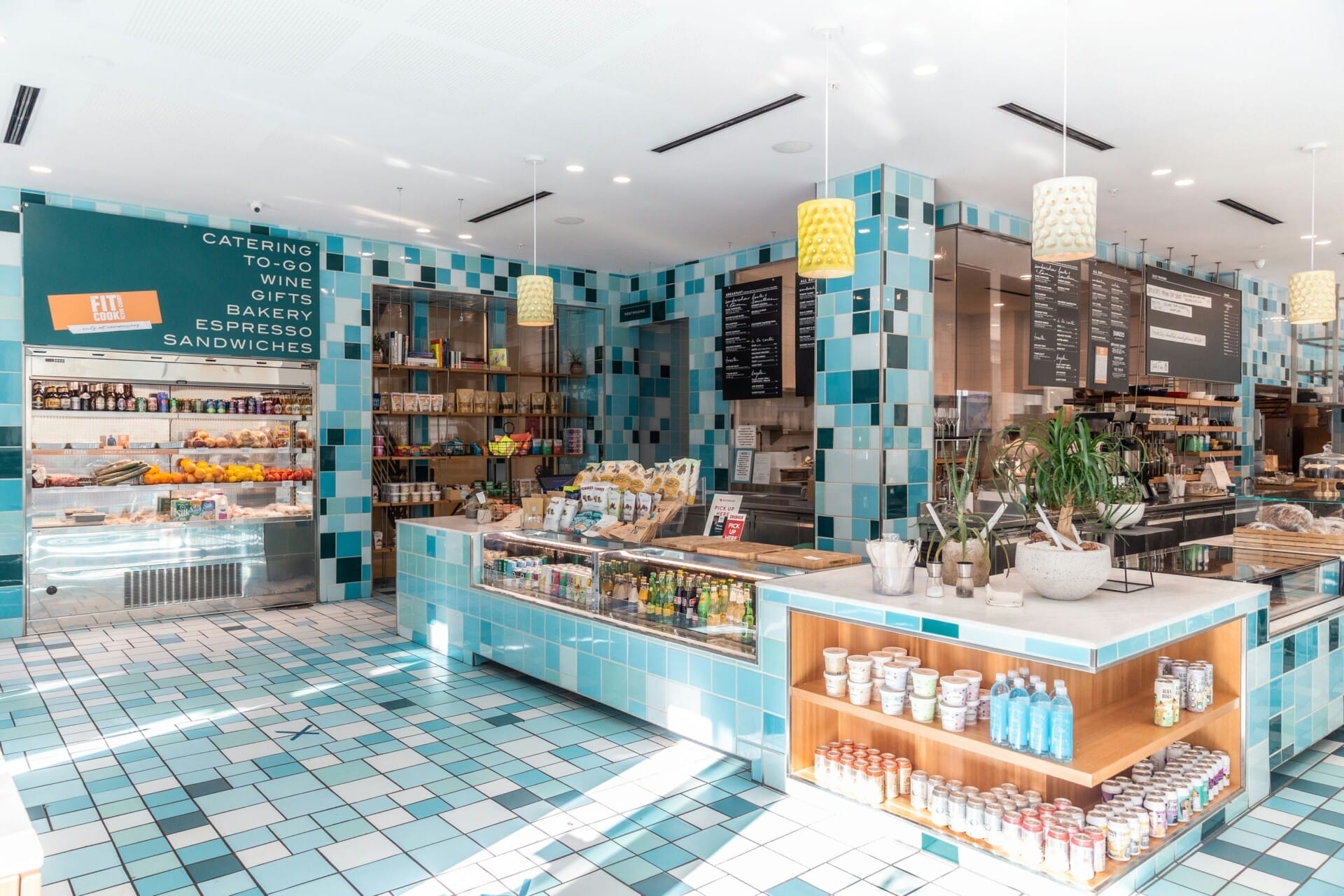
Source link
kontraktor rumah
bina rumah
pinjaman lppsa
pengeluaran kwsp
spesifikasi rumah
rumah batu-bata
pelan rumah
rekabentuk rumah
bina rumah atas tanah sendiri
kontraktor rumah selangor
rumah banglo



